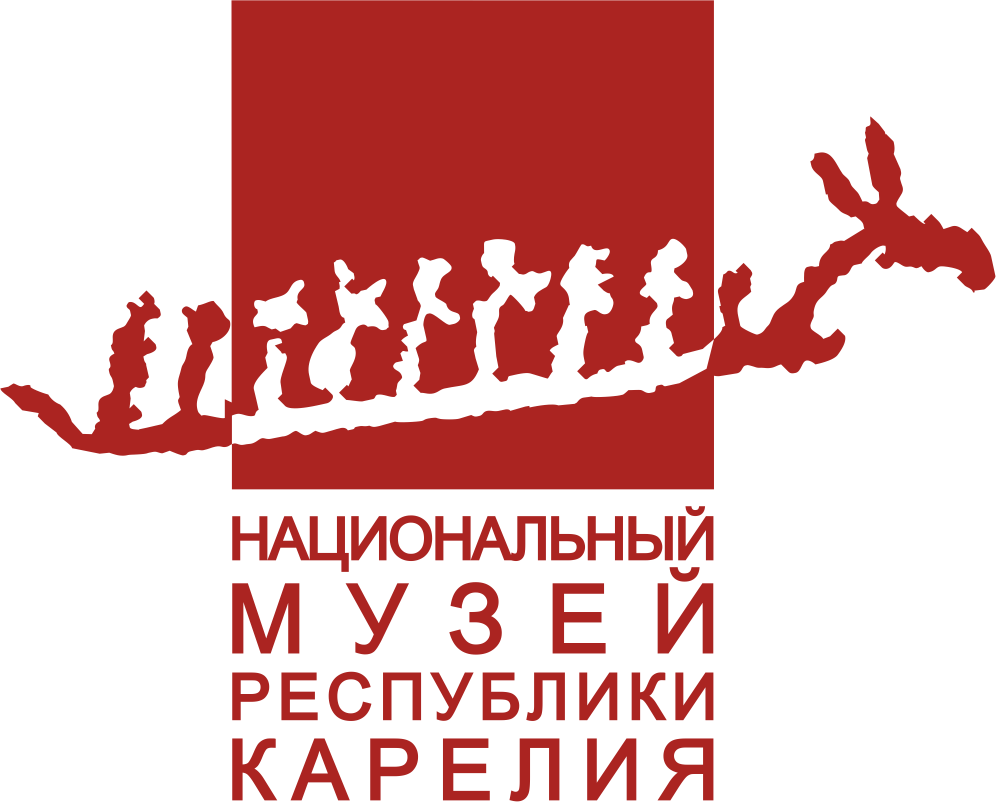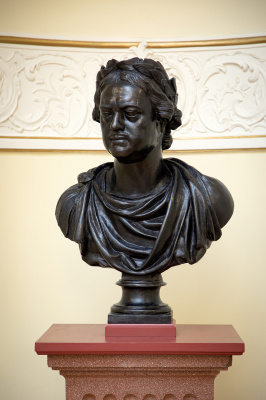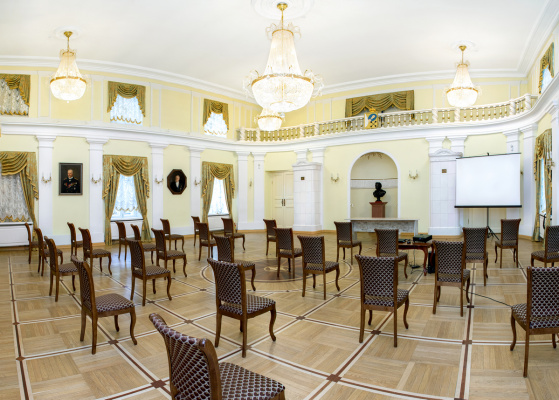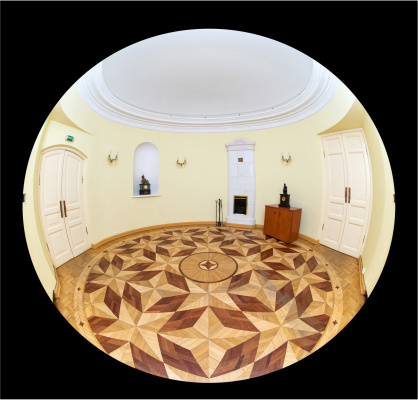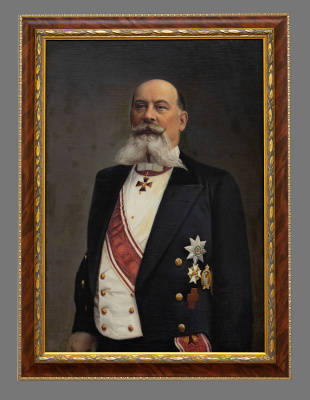
The National Museum of the Republic of Karelia invites citizens and guests of the city to visit the Hall of the Noble Assembly, open to the public for the 300th anniversary of Petrozavodsk.
Plan of the premises with an indication of the location and information about the main exhibits
I. The double-height state-room (another name is the Hall of noble Meeting)
The hall in the Governor's House was built between 1790 and 1791. The architecture of such halls is the culmination of state interiors, both private and public buildings in the second half of the XVIII century. Columns and pilasters (semi-columns) played a special role in the decoration of the state-rooms. The cross walls were decorated with heating furnacess, which had various shapes by the beginning of the XIX century. The ceilings were decorated with stucco and the floors with parquet made of precious wood.
By the 1840s, the hall was in a bad situation, so in 1842 the hall was rebuilt under the direction of architect V.V. Tukhtarov. The hall took on approximately the form it has now.
The hall at the Governor's House in the XIX century was used as the only large room on the Round Square for various meetings and assemblies and was also the center of leisure activities of the local noble society (balls, masquerades, Easter, Christmas).
1. Portrait of Emperor Alexander I (1777-1825)
Portrait. Copy from the portrait of the Emperor by the English painter D. Doe.
2. Alexander Fedorovich Shidlovsky (1863-1943)
Portrait.
From 1907 he was vice-governor of Arkhangelsk governorate, successfully combined service with science, and organised the Arkhangelsk Society for Study of the Russian North.
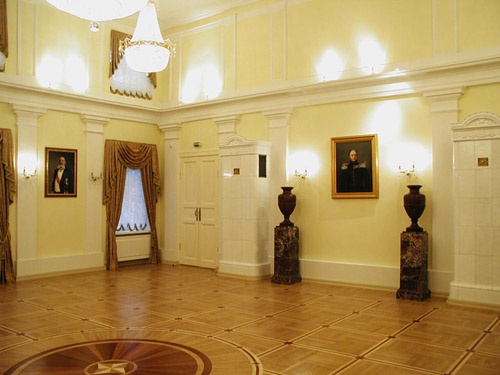
At the end of 1911 he was named Olonets vice-governor. In 1913 he founded the "Society for the Study of Olonets Governorate", which took over the Olonets Governorate Museum. In 1916 he was named Olonets Governor. In 1914 he participated in the Murmansk railway building commission, and in 1915 he consulted on its construction.
In the 1920s he was a prominent figure in the Academic Commission for the Study of Natural and Productive Forces and later chairman of the Northern Division of CNPF. In the 1930s he was exiled to Kazakhstan. Rehabilitated posthumously.
3. Saveliev Vasily Vladimirovich (1847-1917)
Portrait. Painter Timofeev V. M.
Member of the State Council from Olonets governorate, Chairman of Olonets provincial zemstvo, Privy Counsellor. He organised electric lighting in Petrozavodsk, constructed a building for the fire department, assisted in the construction of Olonets railway to Petrozavodsk and subsidised activities on improvement of Petrozavodsk. He was awarded the title of honorary of Petrozavodsk by the Emperor on August 12, 1914.
4. Demidov Mikhail Denisovich
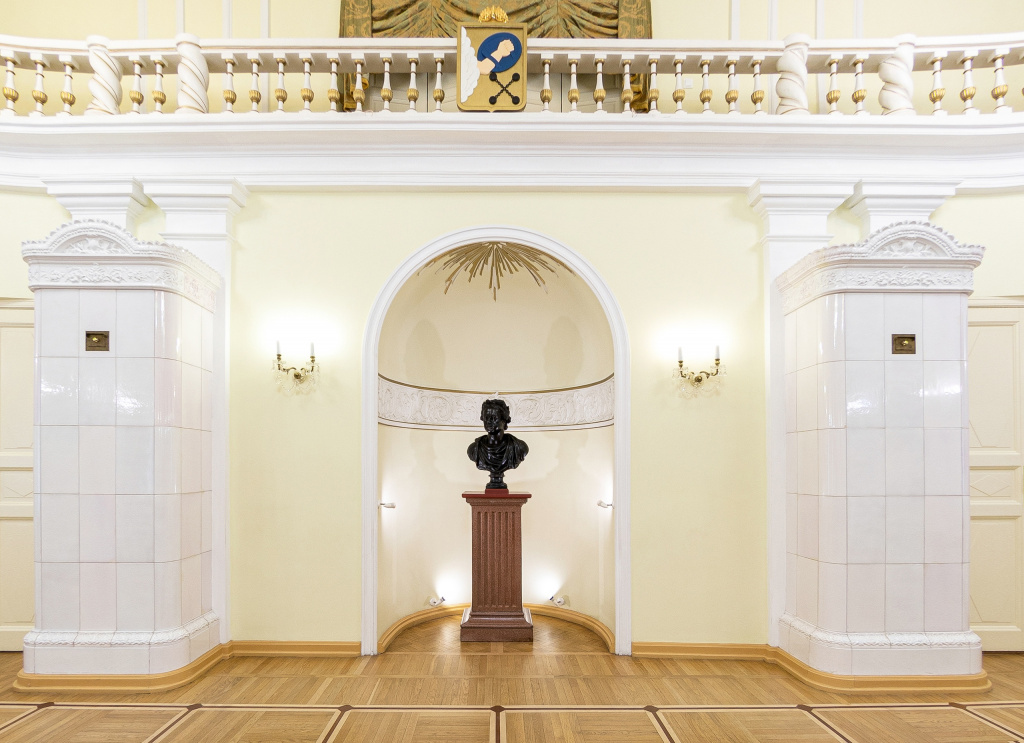
Portrait. The painter Potapov. A copy of K. Johanson's photograph.
A representative of the sixth generation of the Ural factory owners Demidov. Privy Counsellor.
5. Protasyev Nikolai Vasilyevich (1853-1915)
Portrait.
Governor of Olonets, Privy Councillor. On October 13, 1910 he was awarded the title of honorary citizen of Petrozavodsk.
6. Bust of Peter the Great - occupies a special place in the niche in the centre of the hall, designed by architect V.V. Tukhtarov. The bust is cast in cast iron at the Alexandrovsky factory.
7, 8. Decorative vases on high pedestals - made in the spirit of classicism, with simple forms, without metal additions. The vases were made at the Tivdian Marble plant for the arrival of Emperor Alexander II in Olonets governorate (1858).
II. The sofa room.
The sofa room leads to the living room (today's conference room) or to the park. The current exhibits include a Rococo furniture set, a Chinese vase and a bookcase.
III. Furnace room.
This room was used for heating the furnaces and storing firewood

